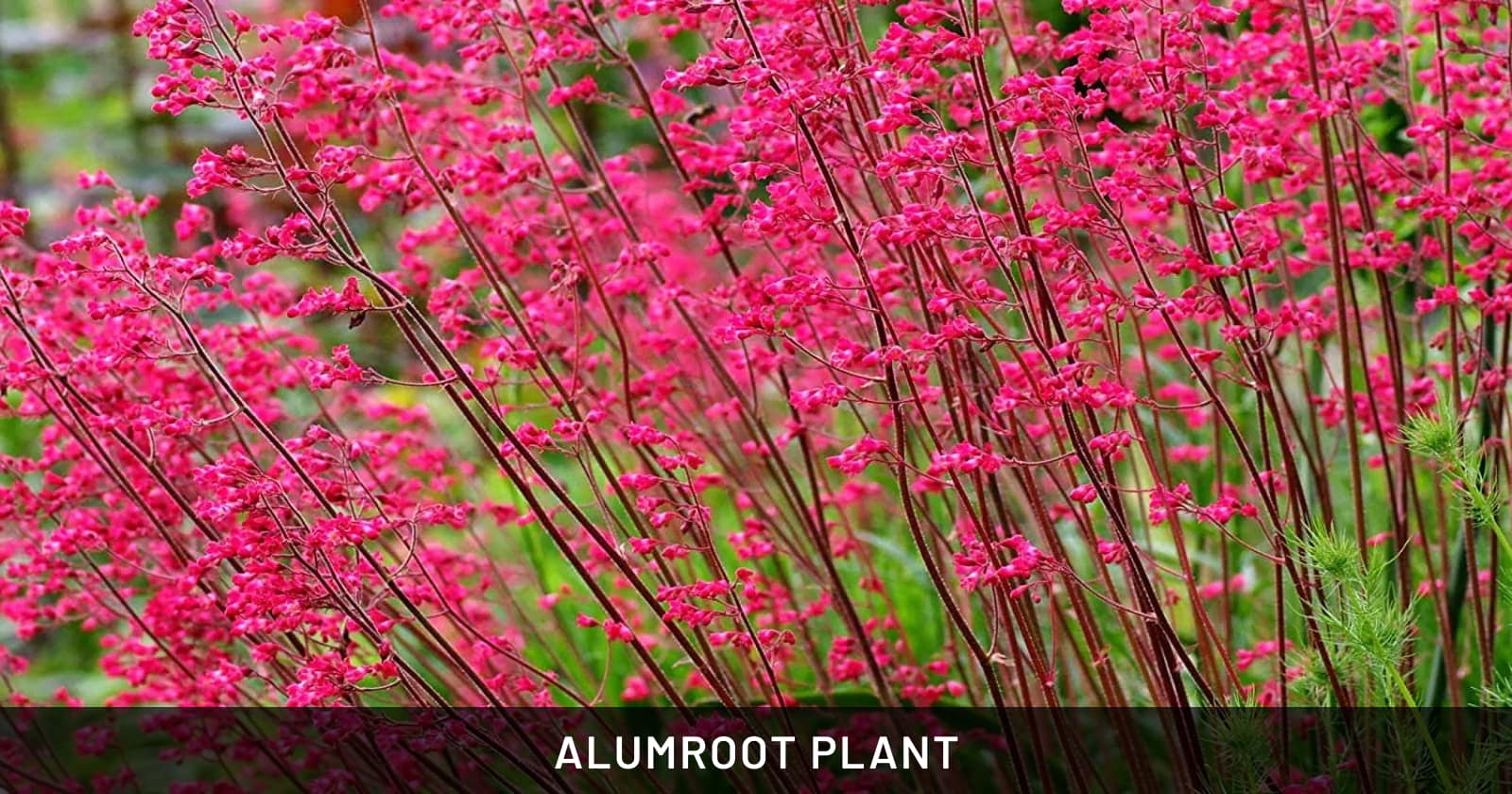Alumroot

Alumroot, or Heuchera, is a versatile and vibrant perennial beloved for its richly colored leaves and delicate bell-shaped flowers. Native to North America, this robust plant thrives in a variety of climates and can handle everything from full sun to deep shade, making it a perfect addition to any garden space. Its foliage comes in a spectrum of colors, from deep purples to fiery reds and luminous greens, providing year-round visual interest.
For pet owners, the good news is that Alumroot is non-toxic to cats and dogs, making it a worry-free choice for households with furry friends. It prefers well-drained soil and moderate watering, with more shade in hotter climates to prevent leaf scorch. Alumroot not only enhances garden aesthetics but also reassures pet owners looking for beauty without compromise.
Here’s a comprehensive table showcasing both the physical and scientific characteristics of the Alumroot plant:
| Characteristic | Detail |
|---|---|
| Scientific Name | Heuchera |
| Common Names | Alumroot, Coral Bells |
| Family | Saxifragaceae |
| Origin | North America |
| Plant Type | Perennial |
| Size | Typically 6-18 inches in height; similar spread |
| Leaf Color | Varied, including green, purple, red, and silver |
| Leaf Shape | Rounded, scalloped edges |
| Flowering | Produces tall stalks of small, bell-shaped flowers |
| Flower Color | Often white, pink, or red |
| Light Requirements | Partial to full shade; tolerance varies by variety |
| Watering Requirements | Moderate, prefers consistent moisture |
| Soil Requirements | Prefers well-draining, rich, slightly acidic soil |
| Humidity Requirements | Average to high humidity |
| Temperature Range | Hardy in USDA zones 4 through 9 |
| Toxicity | Non-toxic to cats and dogs |
| Propagation | Division in spring or fall |
| Common Uses | Borders, ground cover, woodland gardens, container gardening |